Revealing Overstated Purity Marks on Solid Gold Watch Cases
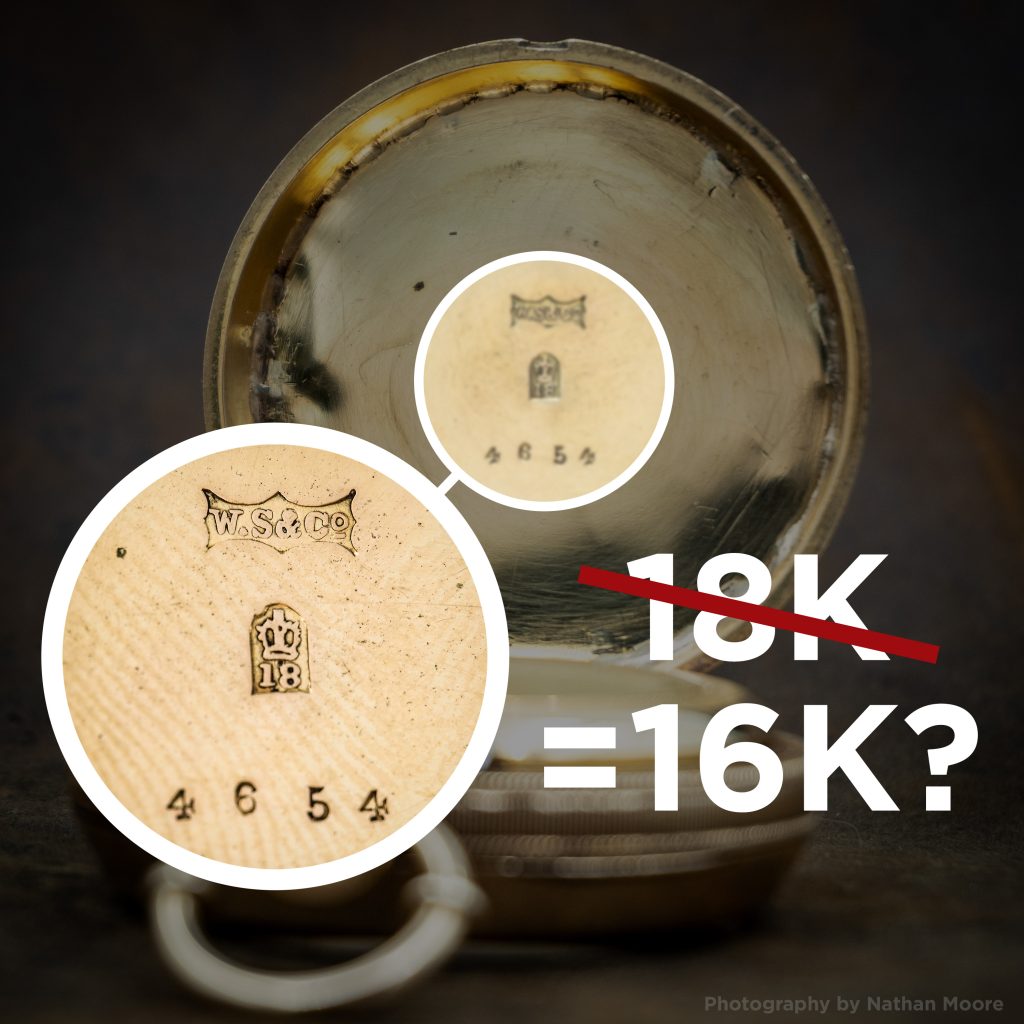
Our previous article provided insight into the marking habits on solid gold watch cases in the United States before 1905. Because the industry was unregulated, many gold cases were debased with an overstated purity mark.
Fortunately, modern tests have yielded additional insight into these misrepresented gold marks. Jones & Horan, one of the leading horological auction houses in the country, often tests gold cases to accurately represent the gold content in auction listings. Due to their extensive auction archive, we can research watches that have passed through their hands over the years – a true asset to the watch collecting community.
The list below represents solid gold cases that have been tested to reveal overstated purity in comparison to the implied purity marks.
The information in the table below has been compiled from auction descriptions from the Jones & Horan archive, and the gold purity tests represented were conducted by the Jones & Horan team. All photos below are copyrighted by Jones & Horan Auctions.
| Image | Movement | Implied Purity | Tested 18K | Tested 14K | Tested 10K | Author Interpretation |
|---|---|---|---|---|---|---|
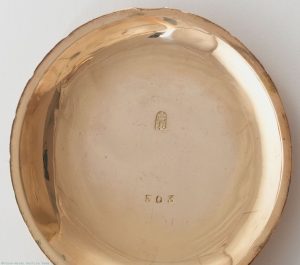 | Columbus #69065 (c.1886) | 18K [Crown 18] | Immediate Fade | No Fade | – | ~15K-16K |
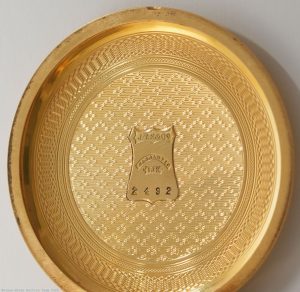 | E. Howard #31239 (c.1871) | 18K [J.T.S. & Co. Warranted 18K] | No Fade/Rapid Fade (Case Band) | No Fade | – | ~16K-17K |
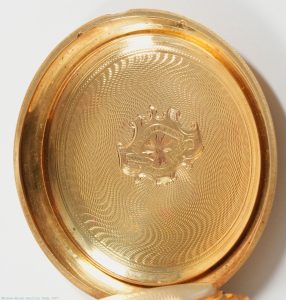 | E. Howard #3651 (c.1863) | 18K [Baldwin & Co. 18] | Gradual Fade | No Fade | – | ~16K-17K |
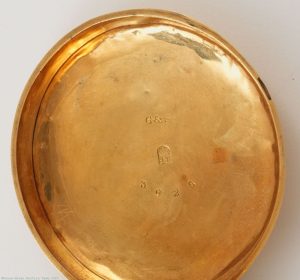 | Waltham #5026 (c.1857) | 18K [G&S Crown 18] | Slow Fade | No Fade | – | ~16K-17K |
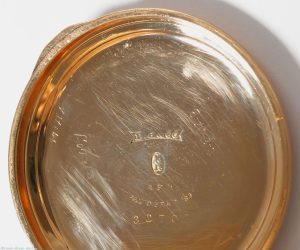 | E. Howard #211758 (c.1887) | 18K [E.H.&Co. K18] | Gradual Slow Fade | No Fade | – | ~16K-17K |
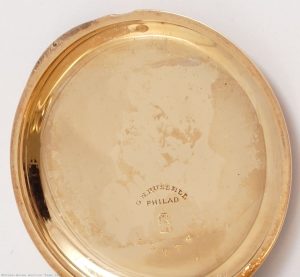 | Waltham #2747815 (c.1885) | 18K [G.W. Russell Philad K18] | Fade | No Fade | – | ~15K-17K |
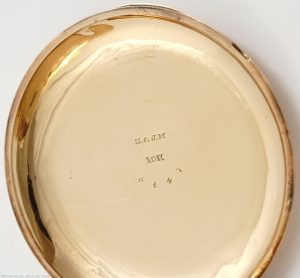 | E. Howard #15346 (c.1868) | 18K [S.&J.M. 18K] | Gradual Slow Fade | No Fade | – | ~16K-17K |
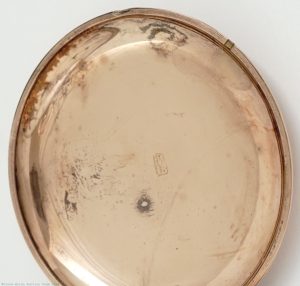 | Marion #20405 (c.1868) | 18K [K18] | – | – | Very Slow Fade | ~8K-10K |
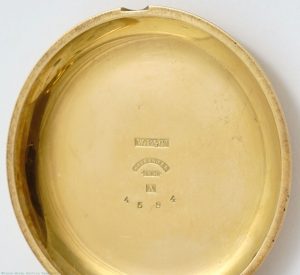 | E. Howard #30556 (c.1871) | 18K [W.P.&Co. Warranted 18K A] | Fade | No Fade | – | ~16K-17K |
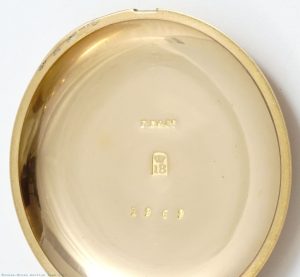 | Philadelphia #1969 (c.1870) | 18K [P.B.&Co. Crown 18] | Slow Fade | No Fade | – | ~16K-17K |
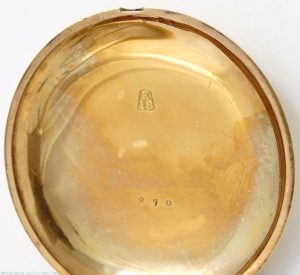 | Waltham #541829 (c.1871) | 18K [K18] | Very Slow Fade | No Fade | – | ~16K-17K |
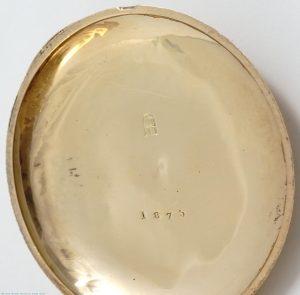 | E. Howard #26039 (c.1871) | 18K [Crown 18] | – | Slow Fade/No Fade | – | ~12-14K |
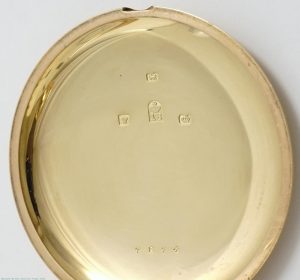 | E. Howard #41383 (c.1875) | 18K [Lion Crown 18 Crown Head] | Rapid Fade | No Fade | – | ~15K-16K |
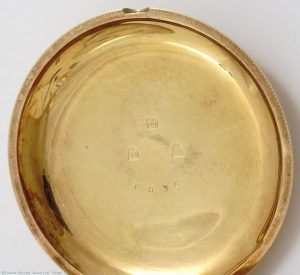 | Illinois #441198 (c.1882) | 18K [Crown / 18 / K] | Very Slow Fade | No Fade | – | ~16K-17K |
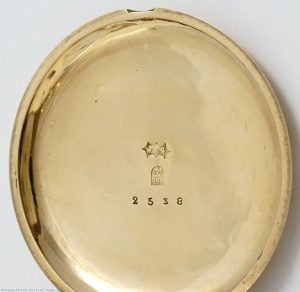 | E. Howard #15968 (c.1874) | 18K [W&S Crown 18] | Very Slow Fade | No Fade | – | ~16K-17K |
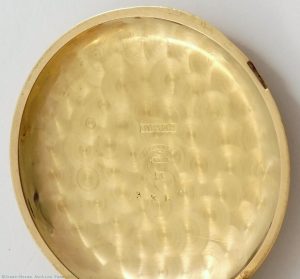 | E. Howard #52921 (c.1870) | 18K [W.P.&Co. Warranted 18K A] | Fade | No Fade | – | ~15K-17K |
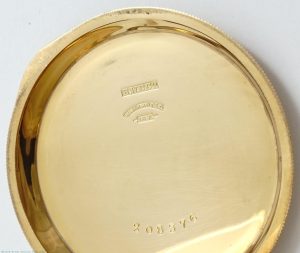 | E. Howard #49150 (c.1883) | 18K [B.W.C.Co. Warranted 18K] | Slow Fade | No Fade | – | ~16K-17K |
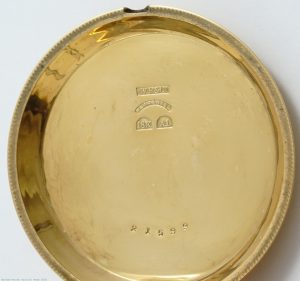 | E. Howard #226787 (c.1894) | 18K [W.P.1&Co. Warranted 18K A] | Fade | No Fade | – | ~15K-17K |
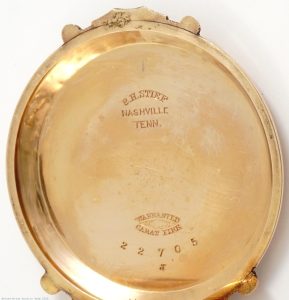 | Elgin #609371 (c.1879) | 18K [B.H. Stief Nashville Tenn. Warranted 18 Carat Fine] | Rapid Fade | No Fade | – | ~15K-16K |
 | Illinois #301026 (c.1884) | 18K [Englehart & Son Warranted 18K U.S. Assay] | Fairly Rapid Fade | No Fade | – | ~15K-16K |
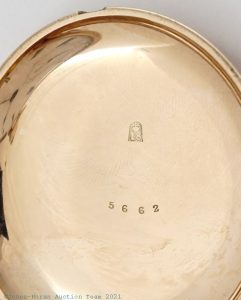 | Waltham #443673 (c.1870) | 18K [Crown 18] | – | Very Slow Fade | No Fade | ~11K-13K |
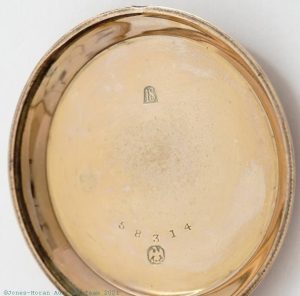 | Elgin #502419 (c.1877) | 18K [18 / Eagle] | – | Slow Fade | No Fade | ~11K-13K |
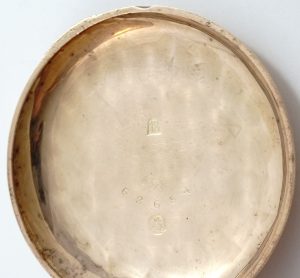 | Fredonia #1143 (c.1884) | 18K [18 / Eagle] | – | – | Slow Fade | ~8K-9K |
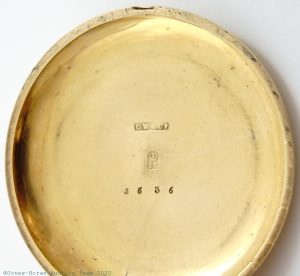 | Waltham #192149 (c.1865) | 18K [G.W.&Co. Crown 18] | Slow Fade | No Fade | ~16K-17K |
Based on these specimens, during the 1850s-1890s, it was common for the actual gold fineness to be slightly less than the implied or stated gold purity. In 1906, the National Gold & Silver Stamping Act finally regulated purity marks on gold jewelry in the United States, bringing an end to the problematic practice.

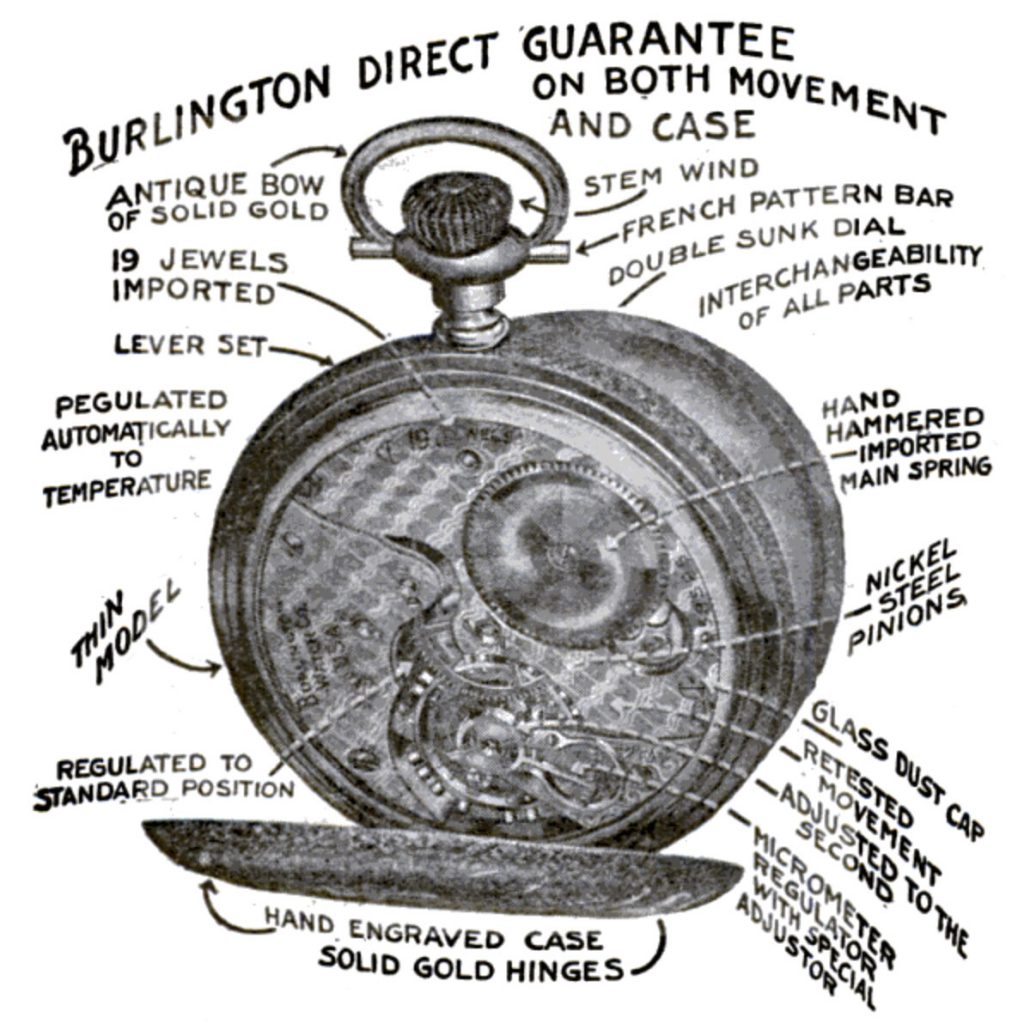
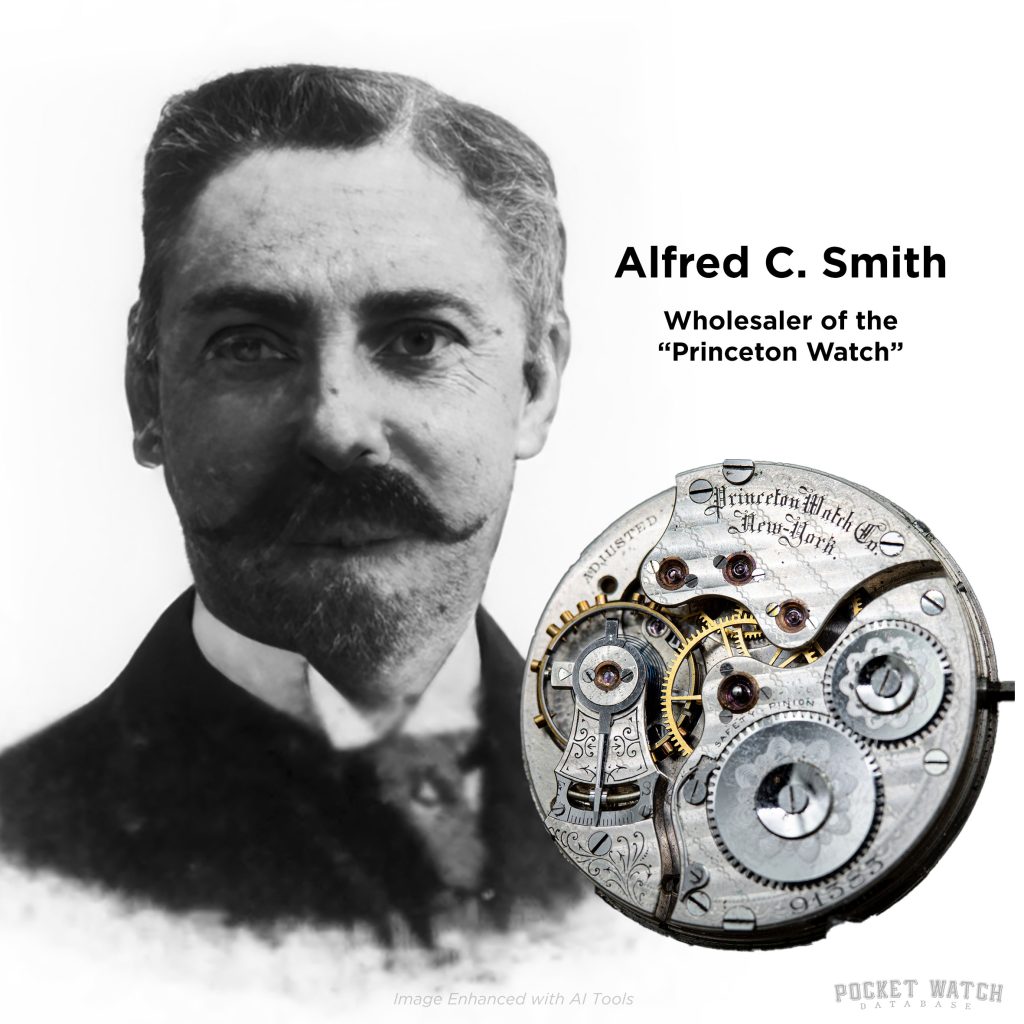
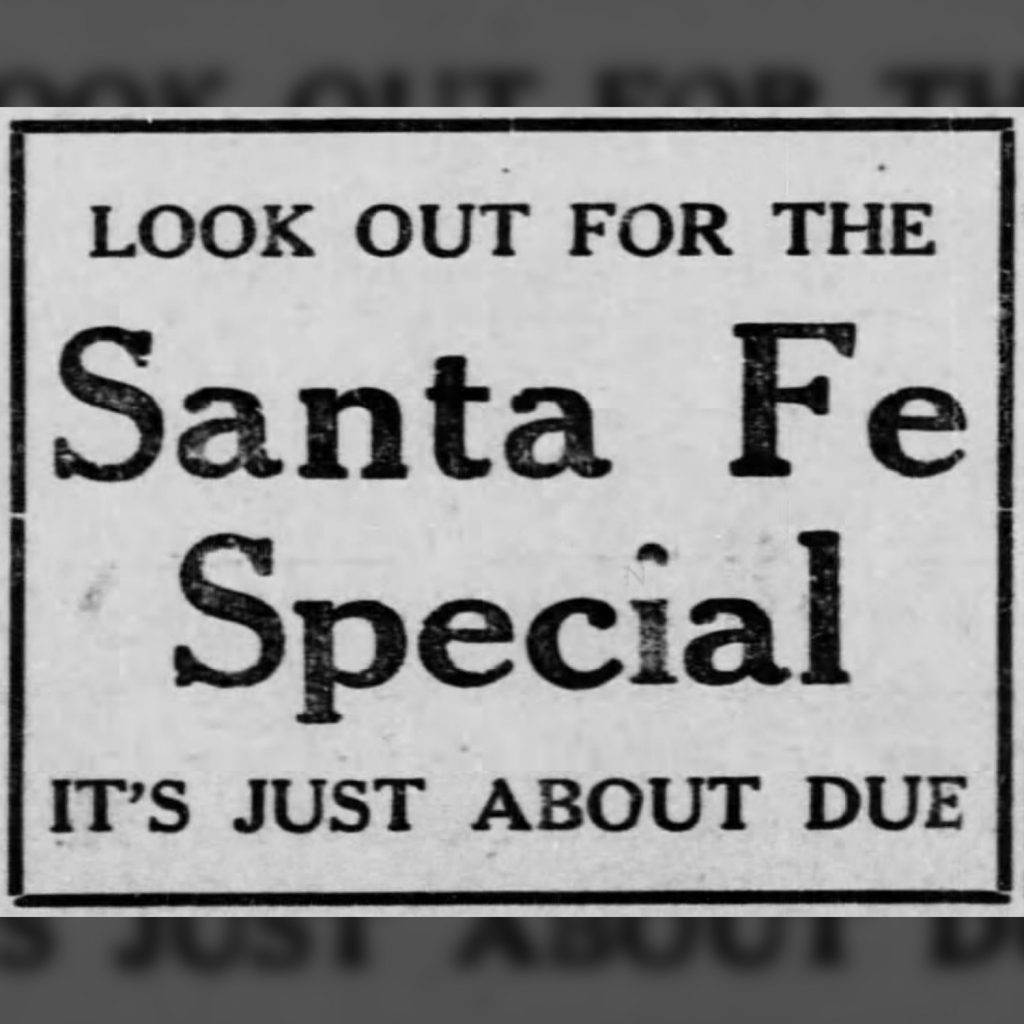
I have an 1870s Elgin with the crown and an 18 below it. I’ve been thinking about posting it to sell it. On an undetermined site. I had heard some of these rumors before so I decided before I sold it I would give it pretty thorough testing. I bought it as an 18 K but if it’s not, I didn’t want to sell it as one. My testing mirrors yours . What I come up with is a strong 14 K maybe 16 K .I would say 16 would be a fair assessment. But it’s not 18.